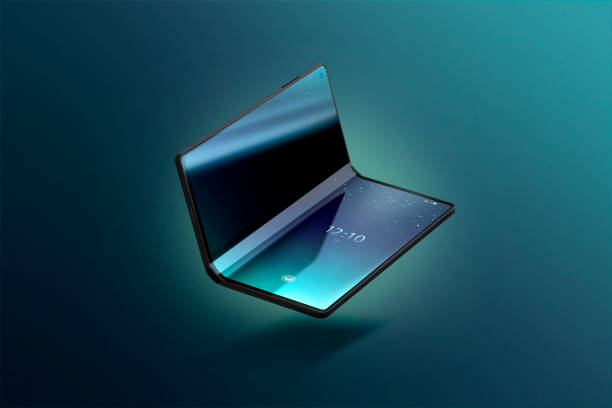Unfolding the Future: The Rise of Foldable Tech
Foldable technology is no longer a futuristic concept - it's here, and it's changing the way we interact with our devices. From smartphones to tablets, the tech industry is embracing this design shift, offering a new, versatile experience for users. This article delves into the intriguing world of foldable tech, exploring its evolution, current trends, and potential implications.

Background: From Science Fiction to Reality
The idea of foldable tech isn’t new. We’ve seen glimpses of it in science fiction movies and TV shows, where characters casually flip open transparent, paper-thin devices. However, the journey from fiction to reality has been complex, marked by breakthroughs and setbacks. The first real hint of foldable tech came in 2013 when Samsung showcased a prototype of its flexible OLED display. However, it wasn’t until 2019 that the first commercial foldable phone, the Samsung Galaxy Fold, was launched. Despite initial design flaws, the Galaxy Fold marked a significant milestone in the evolution of consumer electronics.
Current Trends: A New Era of Design
Fast forward to today, the foldable tech landscape is quickly expanding. Major tech players, including Samsung, Motorola, and Huawei, have launched their foldable devices, while others like Apple and Xiaomi are rumored to be exploring the foldable route. These devices range from foldable smartphones that morph into tablets, to flip phones reminiscent of early 2000s designs. The appeal lies in their versatility - providing a larger screen when needed, yet maintaining a compact, pocket-friendly form.
The Market Impact: Foldable Tech and Consumer Behavior
Foldable tech isn’t just a design fad - it’s shaping consumer behavior and market dynamics. As per a report by Strategy Analytics, foldable smartphone shipments are expected to hit 100 million units by 2025. However, the current high cost of these devices is a significant barrier to mass adoption. For instance, Samsung’s Galaxy Z Fold2 is priced at around $2,000, making it a premium product. As the technology matures and becomes cheaper, we can expect foldable devices to become more accessible, potentially shaking up the smartphone and tablet markets.
The Challenges: Durability and Usability
Despite the excitement around foldable tech, it’s not without its challenges. Durability is a major concern - the flexible screens are more prone to damage, and the folding mechanism can wear out over time. Usability is another issue - while a larger screen is beneficial for multitasking or media consumption, it can make the device bulkier and harder to use with one hand. Tech companies are actively working on these issues, with each new model bringing improvements in design and user experience.
Looking Ahead: The Future of Foldable Tech
The future of foldable tech looks promising. Beyond smartphones and tablets, we could see this technology being applied to other devices like laptops or wearables. Imagine a laptop with a foldable screen that doubles as a keyboard, or a smartwatch with a wraparound display. While it’s still early days, the possibilities are endless. As tech companies continue to innovate and overcome challenges, foldable tech could fundamentally change our relationship with our devices, ushering in a new era of flexible, adaptable design.
Foldable tech is still in its infancy, but it’s clear that it’s more than just a passing trend. It’s a fascinating area of technology that’s set to redefine the way we use our devices. As we continue to unfold the future, one thing is for sure - the world of tech will never be the same again.





